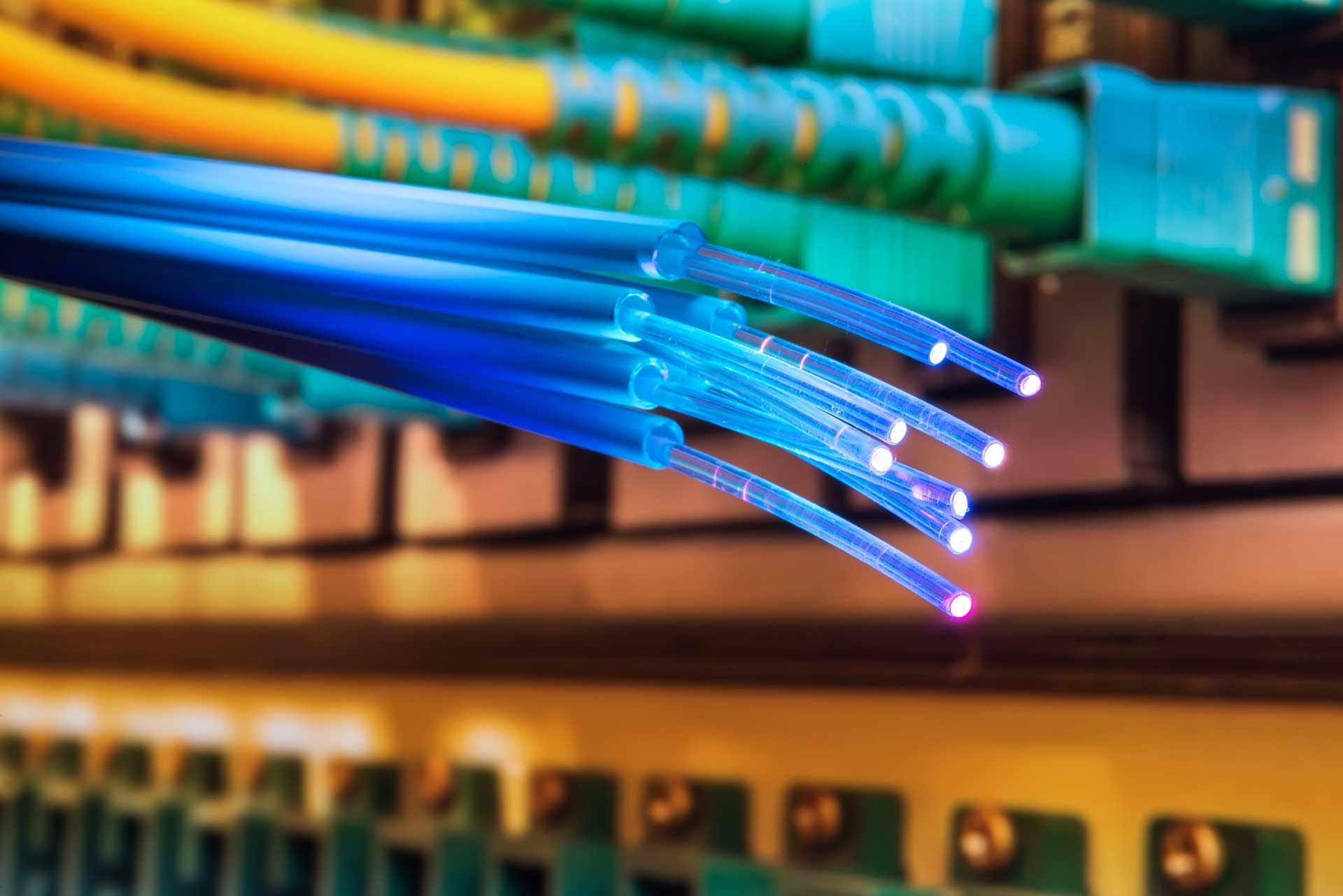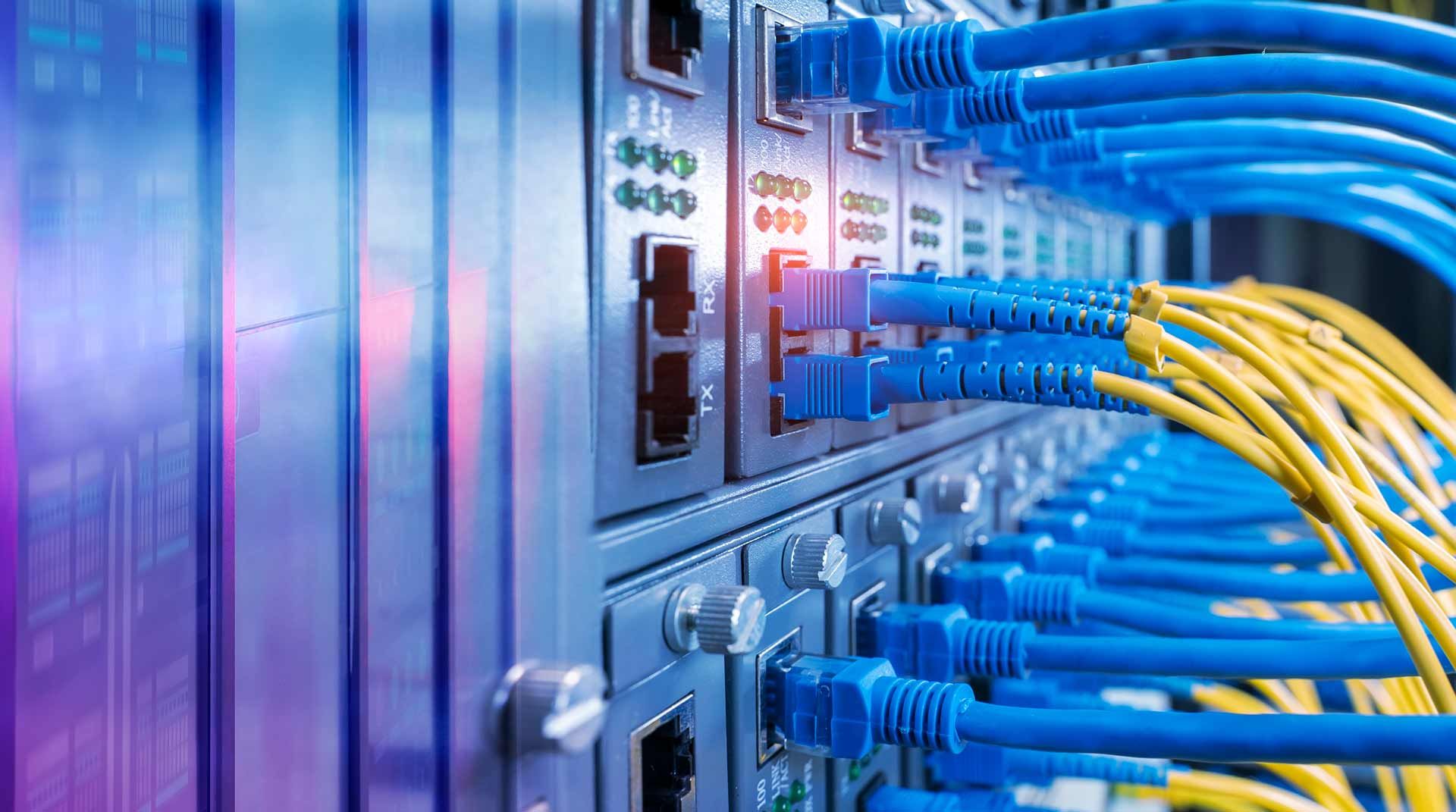What's the Difference Between UTP and STP Data Cables?
As you start to look at data cables, you'll see that some products have either an Unshielded Twisted Pair (UTP) or Shielded Twisted Pair (STP) designation. While both types of cable do the same job, each designation has advantages and disadvantages which affect how well the cables work in their networks. So, your choice here does make a difference.
What is the difference between UTP and STP cabling? What do you need to know before you decide which type to use? Read below to learn more.
What's the difference between UTP and STP?
You can use both UTP and STP cables to transmit data, information and signals on various types of networks. Both cables consist of twisted wires inside a cable sheath. The wires are twisted together to reduce the chances that they pick up interference or noise from external sources. This interference or noise can affect the cable's ability to do its job as effectively as possible.
While UTP cables simply use this twisted wire design to shut out interference and noise, STP products take things a step further. These cables also contain a metal or foil shield around their internal wires. This shield acts as a block that gives the cables an extra layer of protection.
How do UTP and STP cables compare?
While you might assume that a more shielded cable will be the best option, this isn't always the case. You should look at the pros and cons of both types of cables before you choose which one to use.
The pros and cons of UTP cables
UTP cables have solid noise and interference dampening abilities. They are more than capable of effective transmission in most networking and data scenarios.
The fact that these cables don't have an extra metal or foil shield is also an advantage. These cables are cheaper than STP alternatives because they contain fewer materials and are easier to manufacture.
Plus, UTP cables don't have to deal with the effects of carrying a shield. These cables are lighter, thinner and more flexible than STP products. They are easier and quicker to install. They don't need additional grounding either before or after installation. This also reduces their costs.
However, UTP cables might not give you optimum performance in some scenarios. For example, if your cabling infrastructure has to deal with a lot of external noise or interference, then these cables won't shut everything out. Your network might not work as well as you need it to.
The pros and cons of STP cables
The extra shielding in STP cables enables them to perform at higher levels even in adverse data transmission conditions. These cables can shut out noise and interference. They can meet your data speed and bandwidth needs more effectively in environments where UTP cables would struggle to perform.
Plus, STP products can also manage crosstalk more effectively. If your cabling is close to multiple other networks, say in a large multi-occupancy office building, then crosstalk can be a problem. Your cables might pick up signals from these other networks. The shields in STP cables help shut out these signals too.
However, in addition to higher costs and more cumbersome physical characteristics, STP cables can be more prone to damage than UTP products. They need specialist installation to ensure that their shields don't tear or break as they are put into place. If a shield does get damaged, then it loses some of its effectiveness.
Do you need UTP or STP cables?
Typically, UTP cabling works just fine in most regular environments. You only need to use STP cables if you have local problems that will affect how well your cables are able to perform.
For example, UTP cables are a viable option for most businesses. However, if your cables might be affected by multiple networks, industrial machinery or power tools, radio transmitters or microwaves, then STP products might be a better option.
For more advice on which cables to choose, contact the experts at Cable Source Pty Ltd.



